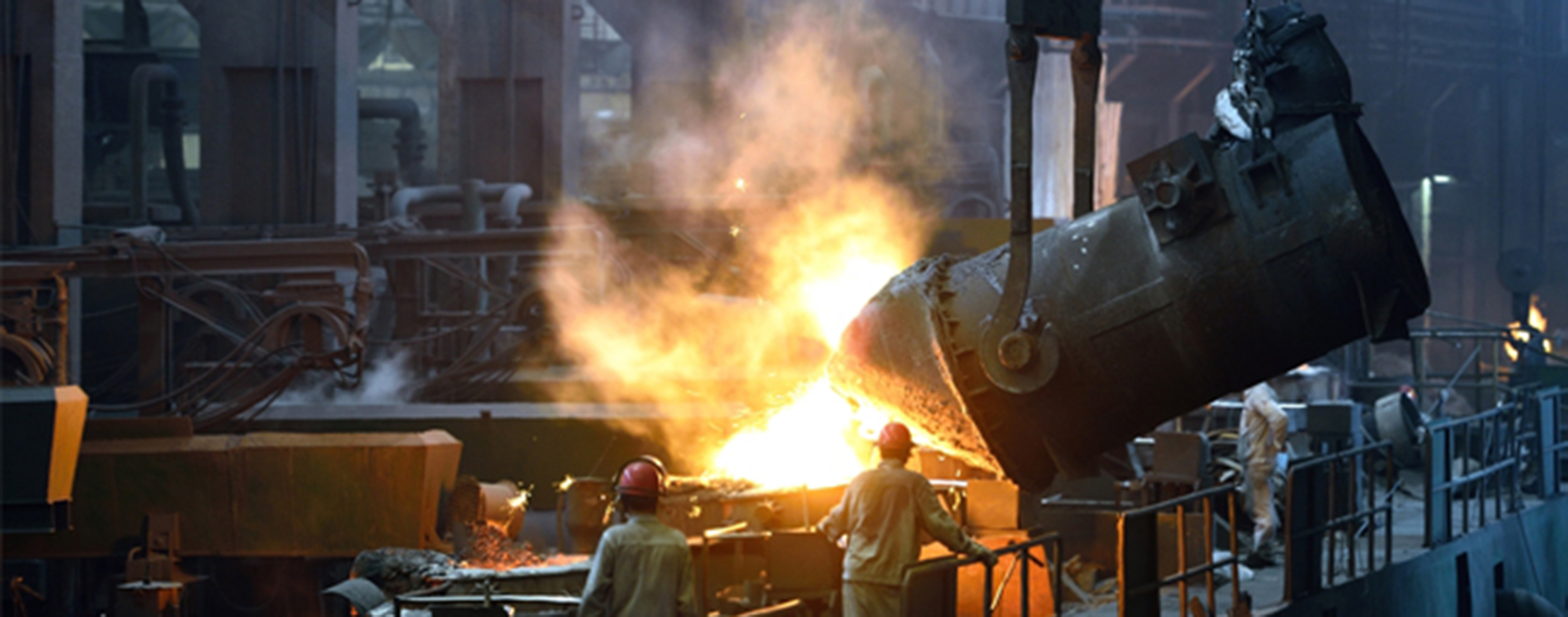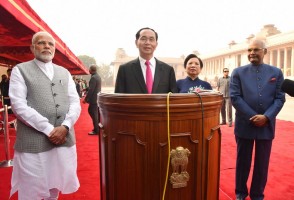
Making 'Proudly Made in India' a reality!
Steven Philip Warner | @TheDollarBiz
It’s been more than a decade-and-a-half since India got caught in the Regional Trade Agreement (RTA) hysteria. RTAs (a parallel term used to describe Free Trade Agreements; FTAs), was born out of hope for reciprocity. Years later, we stand to realise that the expectations and imaginations of our many trade negotiators – responsible for 15 RTAs over the years – were skewed towards finding neverland! In the last decade (post which thirteen of the fifteen RTAs were signed), our exports to two dozen-plus RTA partners have increased by just 12.2% year on year – almost equal to the rate at which our exports to non-RTA geographies (11.8%) have grown. A couple of numbers will help make more sense of the labyrinth of RTA “spaghetti bowl” inside which India’s outbound ships seem to have lost direction. Contrary to what was naturally expected by our policymakers (that our trade balance with RTA partners will outshine that with non-RTA partners), our imports from RTA partners have actually grown at a faster pace (12.3%) as compared to those from non-RTA partners (11.5%). To be more specific, as compared to FY2005, India’s trade deficit with the ASEAN bloc increased by 1,625% to $8.15 billion in FY2014, and that with non-ASEAN and non-SAFTA RTA partners rose by 262.33% to $4.56 billion. RTAs have therefore only worsened the equation, much against India’s interests. Though the deficit with India’s RTA partners represent just 10% of its total trade shortfall, the negative balance cries out for a closer inspection. The embarrassing truth that these numbers mask (only partly so) is that, India is still a nation that largely survives on imports. The cure to this malady will come in the form of India being groomed to accelerate in the manufacturing race. I say ‘groomed’ because we’re not yet ready to make the big leap. Recently, there was much talk about how India “could” take advantage of the impending supply vacuum in Russia due to its ban imposed on food items imported from US, EU, and many other nations over a sanctions row (the bans are expected to be extended to other product categories like automobiles, engineering goods, iron & steel, etc.). Speculations about how India will meet demand in Russia made headlines. Reality check: India till date wasn’t even seriously treating Russia as a consumer market in most of these categories. To make some quick references, India’s contribution to Russia’s imports of automobiles (in 2013) stood at less than 0.3%, plastics – less than 0.5%, aircraft parts – 0.2%, iron & steel – 2%. These indicate that the idea of making merry under the Kremlin sun is just a reverie! Much of this incapability is born out of the fact that manufacturing in India wasn’t considered a serious affair till date. Neither cost competitiveness nor quality differentiation can be talked about when it comes to our manufacturing sector – and I mean overwhelmingly and on a global platform. Forget exports, India’s manufacturing capabilities have been straitjacketed to such an extent that in another five years, our electronics import bill will surpass our oil bill, with manufacturing in India meeting just 25% of the total domestic demand. FTAs that favour partners over the host and a fractured manufacturing infrastructure – either, can never be the starting point if we are to usher in an era where India will officially be celebrated as a trillion dollar merchandise-exporting nation. A foreign onlooker will confess that India is piggybacking solely on its low-cost labour advantage. Still. And that is bad news. Strangely, all policymakers, CEOs and industry experts with whom I have discussed this ‘Made-in-India’ concern, are congnizant of the trouble on India’s manufacturing front. One CEO of a Japanese manufacturing giant even went so far as to suggest that we need a “non-India within India” to really make the vision of ‘Proudly Made in India’ a reality. [He is clearly unhappy about the fact that even of the products sold by his company in India, 100% are imported! As such, he stands exposed to the vagaries of forex fluctuations, problems - including labour laws and general market situation - in foreign markets, how bilateral trade with supplier nation shapes up, etc.] Times have changed. Globally, exports is no longer viewed as a surplus function of manufacturing. The present WTO and UN Trade database is littered with examples of how nations have now started manufacturing purely for the sake of exports. China, Mexico, Germany, Japan, South Korea... the list is long! Sadly, such a realisation has not dawned upon India at large. And it is this idea that has to be hammered into the heads of our think tanks, businessmen and policymakers alike. Measures to infuse fresh lives into Export Oriented Units (EOUs) and give greater sops to Electronic Hardware Technology Parks (EHTPs) and SEZs can be quite a start. Incentives to exporters through various schemes in the new FTP and introducing transferability of duty free scrips could be another. These would even come as an inviting sign to many foreign investors (new and those already in India) who are on the lookout for any opportunity to overlook compliance-related hurdles in the Indian manufacturing sector. India cannot forever continue eating more than it can cook. Can it? At least not if we want to live the reality of ‘Proudly Made in India’! What do you think?






 to success.
to success.